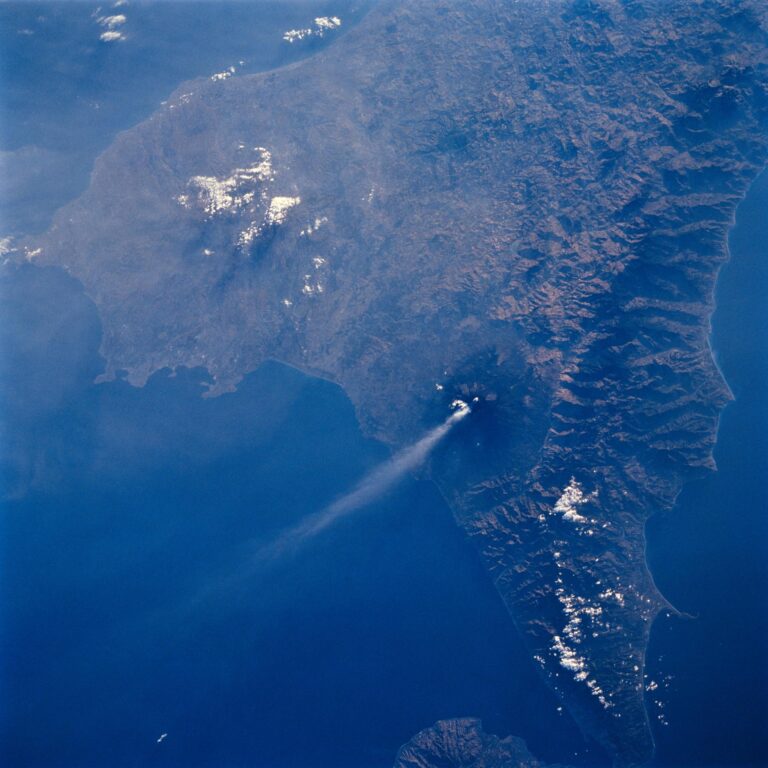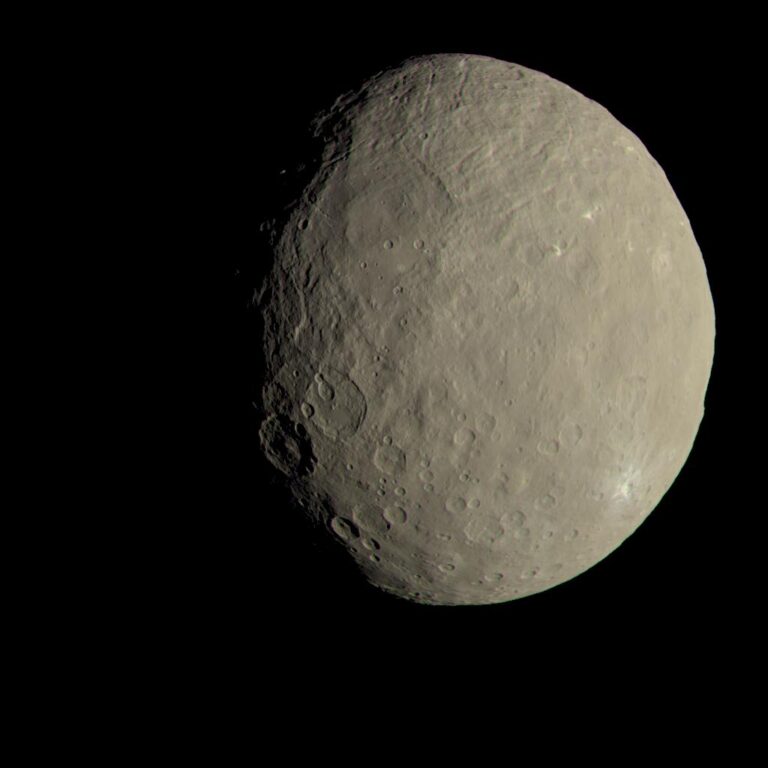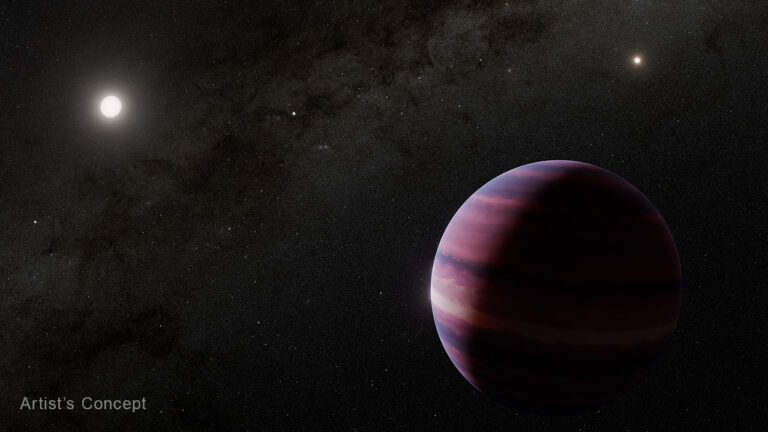Key Takeaways:
“This database gives us the first glimpse at what diverse worlds out there could look like,” said Lisa Kaltenegger from Cornell University in Ithaca, New York. “We looked at a broad set of life forms, including some from the most extreme parts of Earth.”
Along with Kaltenegger, the interdisciplinary team consists of Siddharth Hegde of the Max Planck Institute for Astronomy in Heidelberg, Germany, and Ivan G. Paulino-Lima, Ryan Kent, and Lynn Rothschild, all from NASA Ames Research Center in Mountain View, California. The PNAS article is titled “Surface Biosignatures of Exo-Earths: Remote Detection of Extraterrestrial Life.”
“Much of the history of life on Earth has been dominated by microbial life,” the scientists explained. “It is likely that life on exoplanets evolves through single-celled stages prior to multicellular creatures. Here, we present the first database for a diverse range of life, including extremophiles (organisms living in extreme conditions) found in the most inhospitable environments on Earth — for such surface features in preparation for the next generation of telescopes that will search for a wide variety of life on exoplanets.”
To spot the tint of Earth, alien astronomers from a nearby star might measure light shimmering off the surface of a planet as sunlight reflected from our planet’s vegetation reaches their telescopes. Conversely, astronomers here can see pigmentation on exoplanets and determine their makeup by looking at their color. “On Earth, these are just niche environments, but on other worlds, these life forms might just have the right makeup to dominate, and now we have a database to know how we could spot that,” said Kaltenegger.
The group has gathered the cultures of 137 cellular life forms that range from Bacillus gathered at the Sonoran Desert to Halorubrum chaoviator found at Baja California, Mexico, to Oocystis minuta obtained in an oyster pond at Martha’s Vineyard.
“Our results show the amazing diversity of life that one can detect remotely on exoplanets,” said Hegde, one of Kaltenegger’s former students and an incoming Cornell research associate. “We explore for the first time the reflection signatures of a diversity of pigmented microorganisms isolated from various environments on Earth, including extreme ones, which will provide a more broad guide, based on Earth life, for the search for surface features of extraterrestrial life.”










